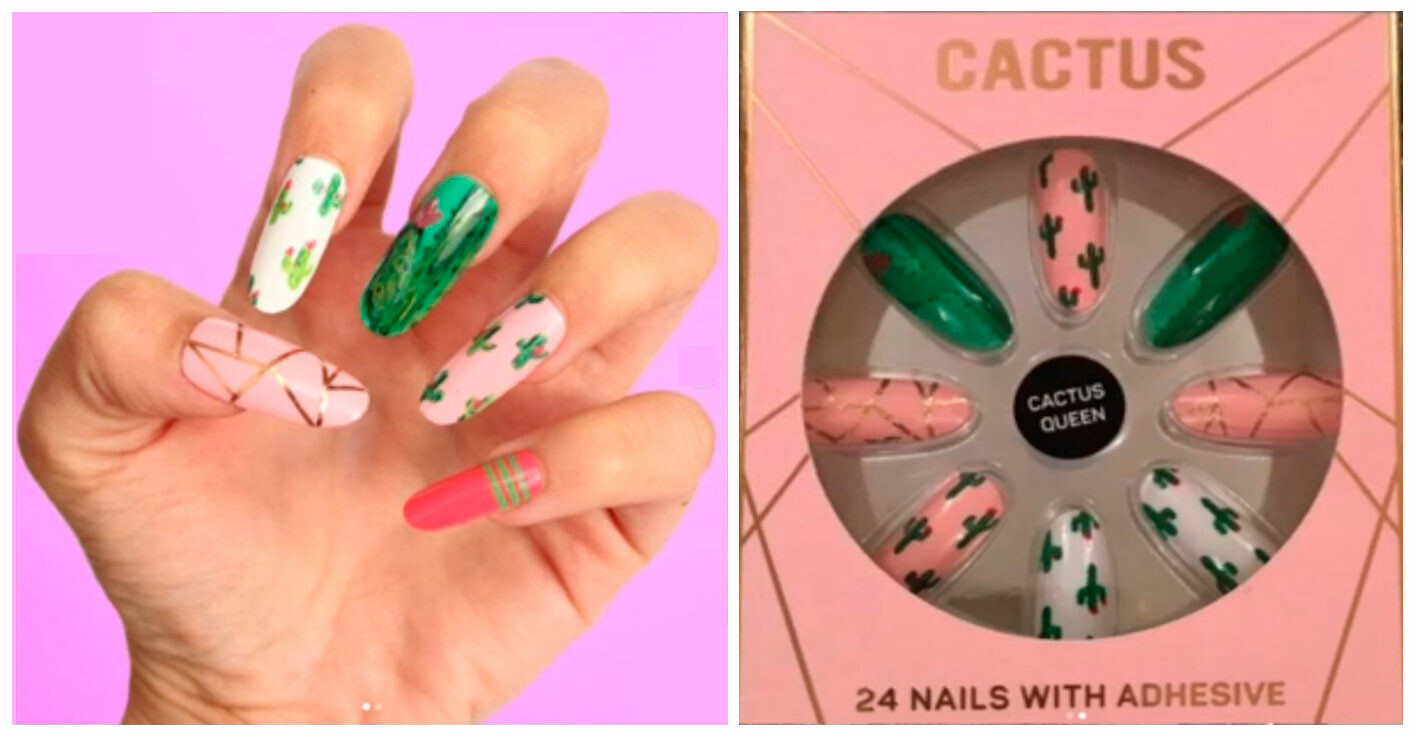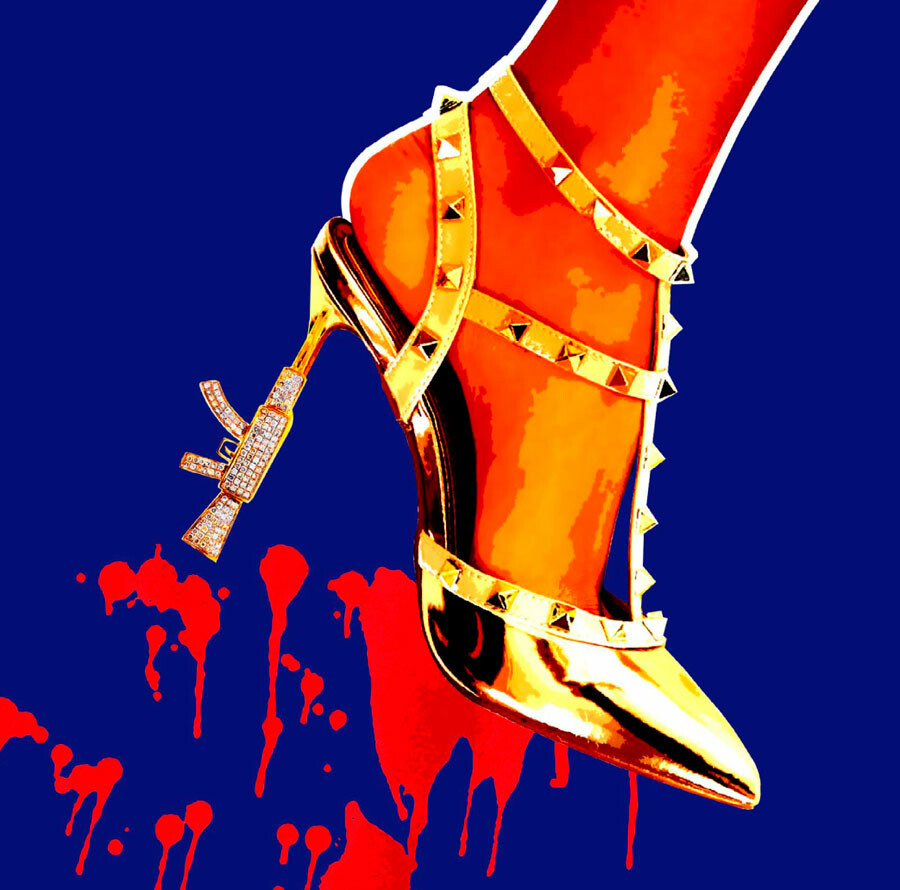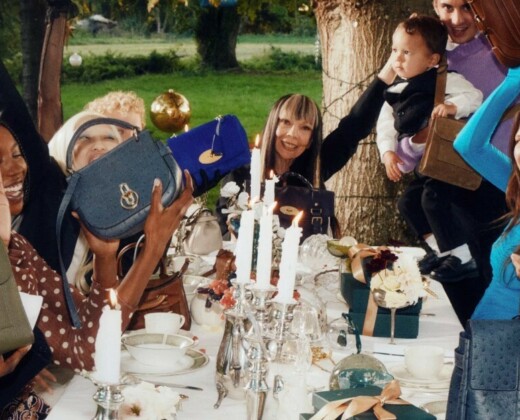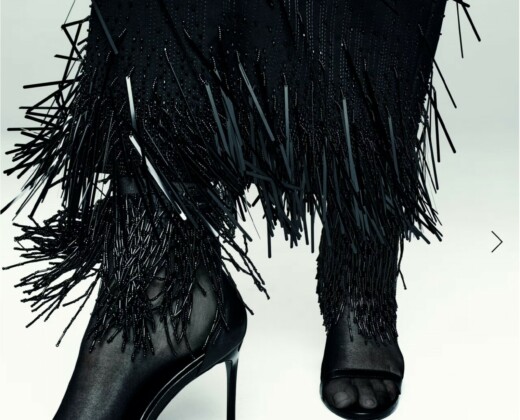
Have you ever thought about how quickly designs can travel from runway to racks? It seems unfathomable that online brands like Missguided are able to design and manufacture 1,000 new products each month, updating their website daily with brand new items. Buckle up boys and girls – we have now entered the era of Ultrafast Fashion and Counterfeit Couture.
“We have become an insatiable market, always hungry for the next item, with little regard for the exploitation of designers, garment makers and the environment that goes on behind the seams”.
Ultrafast Fashion is the younger, more attractive, more insidious sister of Fast Fashion, a concept that thrives upon the growing trend of millennial immediacy. It comes as a result of our generational obsession with newness and nowness, at an incredibly low price. We have become an insatiable market, always hungry for the next item, with little regard for the exploitation of designers, garment makers and the environment that goes on behind the seams. Companies are challenged with a rapid turnover of product to keep up with consumer demand which has lead to prolific and perennial fashion piracy.
With the advent of super-fast internet making the sharing of hi-res photos, videos and designs easier than ever, the fashion industry is facing an escalating copycat problem. Big businesses and high street stores are using their leverage in order to exploit and undermine SME-style designers by directly copying their original product and knocking them off as their own. Unscrupulous conglomerates target small businesses and blatantly copy their designs, predominantly because they know they can plagiarise with very little opposition. Smaller businesses tend to lack legal know-how or the fiscal ability to challenge these monolithic companies. Big companies will also purposefully prolong any legal challenging in an attempt to drain you of your resources. Counterfeit chic is now endemic within the fashion industry, and copycats remain largely unchallenged due to high price of litigation. Instagram has played a huge role in the rapid dissemination of these designs, but equally enables ‘call-out’ and ‘cancel’ culture, where smaller brands can gain traction and visibility quickly when they are infringed upon. There are even specific profiles dedicated to exposing these infractions.

“Counterfeit chic is now endemic within the fashion industry, and copycats remain largely unchallenged due to high price of litigation”.

Part of the problem is that smaller brands and designers do not always take advantage of the available legal protections, so copycats are not brought into disrepute. So what can you do about it? After speaking to Ari Laakkonen, a partner at legal firm Powell Gilbert, and discussing IP and the fashion industry, here are the germane facts you need to know about protecting your creative integrity, the upcoming EU departure and how to enforce your rights.
What can a novice designer or entrepreneur do if they suspect that a bigger designer is ripping off/copying their ideas?
Individual burgeoning SME-style designers (which make up 90% of UK fashion brands) who are just starting-up are going to have a tough time going after people, especially if they invent something new and that comes on the market, but they usually only have months before somebody has tried to rip that off in some way.
“It is useful to document their design processes really well so that they have design drawings and sketches of what they’re creating with the location and date shown on them, so that it’s absolutely clear that they were there first. Then document the marketing of the product so that it’s clear where it comes on the market and where the opportunities for someone copying it have risen.”

Customs and Seizures
Another mechanism you can employ, as a precautionary procedure, is to have some customs and border seizure measures in place. This is only applicable if you are prepared to sue for the infringement of your rights.
“This involves briefing customs on what your IP right is, showing them a particular design for a piece of clothing and stating that you believe that there are going to be imports of these and they are going to infringe your rights. If the information is sufficient and Customs accepts the request, Customs will then seize those products if they are imported into the UK, if they come in from outside the EU. Once there is a seizure, legal action might be necessary (unless the importer disappears or cannot be identified, and cannot be sued). The same possibilities exist, for example, in the Netherlands for imports into continental Europe through Rotterdam.”
This is what is here to help protect you currently:
Registered and Unregistered Design Rights and Copyright
Unregistered Design Rights (UDR) act a little bit like copyright, but with a shorter term of protection. Both copyright and UDR are infringed if the original article has been copied. In contrast, Registered Design Rights (RDR) are beneficial because your rights can be infringed even if there is no copying.
“If you have a RDR for a design, it can be infringed by someone who never sees the design of the original item or product that’s protected by the RDR and develops one independently themselves. That person then would have committed infringement.”
Copyright and UDR protection are obtained automatically and you don’t have to register. Copyright will last the life of the author plus 70 years. As you create new designs, you automatically obtain copyright protection.

Trade mark
Trade marks can be a little more complex. Trade marks do not have to be just for conventional brands consisting of words, but they may also cover the three-dimensional shapes, colours, smells and sounds, as long as they are distinctive. The red soles on Christian Louboutin shoes were considered, by Christian Louboutin, to be a trade mark because they indicate the source of the products.
“If someone else makes and sells shoes with red soles, then it is arguable that’s creating a false impression, some confusion as to where those shoes come from, which could be infringement of a trade mark.”
Passing Off
Actions for passing off are not governed by EU law, and UK law determines the requirements that must be fulfilled before an action for passing off is available.
“One of them is that to have a right to initiate an action for passing off against somebody else for passing off their goods as yours, you have to have goodwill that is associated with those goods. Creating a reputation for trading in goods of a particular design, and continuing and steady sales in those goods both contribute to creating goodwill. Once you’ve got trade going and you’re known as being associated with that particular product, then you have goodwill in that design. Then you can say that others are passing off their products as mine.”
So, let’s take an example of designer counterfeit. If someone makes a product that has some of the same key design features (the iconic Chanel logo, let’s say) then a passing off case may be relevant. The logo has a worldwide reputation and the brand a huge goodwill and the counterfeiters are exploiting that; the reason the infringers are selling their goods is because they’re free riding on that goodwill.

How do these rights arise?
For the registered rights, you’d need to go to a trade mark or patent attorney. They can be filed in the UK IPO (Intellectual Property Office) or at the EU IPO, located in Alicante, Spain. The benefit for applying for an EU trade mark or design is that you then receive EU-wide protection for your trade marks and designs with just one application.
But what about Brexit?
The fight against counterfeit goods and copied designs could become even harder with the UK leaving the EU. Burgeoning designers and fashion brands are facing the perfect storm of an upsurge in copying and the post-Brexit loss of pan-European intellectual property protections. Currently, UK designs are protected across the EU, even if the designs are unregistered, thanks to the EU Unregistered Community Design right.Crucially, this includes surface decoration, such as prints and embellishment, which is not protected by the current domestic UK design right. Depending on the terms of the UK’s exit from the EU, it is possible that certain EU-wide rights will no longer be available. Those rights currently permit effective enforcement across the UK and the whole EU via a single court.
“Burgeoning designers and fashion brands are facing the perfect storm of an upsurge in copying and the post-Brexit loss of pan-European intellectual property protections.”
Ultimately, your rights are dependent on what deal we agree (or don’t agree) upon, which is impossible to predict. But there are two main alternatives; a no-deal Brexit might warrant applications for both a European trade mark and/or design and separate protection in the UK, and then you’d have two sets of trade marks and/or designs. The other possibility is that something is agreed between the EU and the UK which makes things possible for you to keep your EU trade mark and for it to have force in the UK as well. Copyright doesn’t necessitate any separate application, you just simply create your input and keep documentation of your process. Keep a record of who created it, and also a copy of their contract of employment which should contain an assignment of their rights to their employer.
Want to know more? Look at AIPPI World Congress, 15-18 September 2019.
2019 AIPPI World Congress – London
Or check out ACID (Anti Copying In Design), the UK’s leading design and intellectual property campaigning organisation. Their aim is to provide cost effective tips, advice and guidelines to help members protect their intellectual property to achieve growth through a proactive IP strategy.
For more on Brexit read Fashion & Brexit: What The F*** Is Going On by Lizzy Greenwood – Issue 24.

Opening Artwork by Sasha Green
Animation by Luke Walwyn







